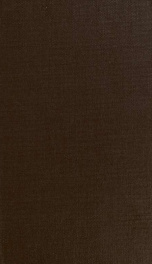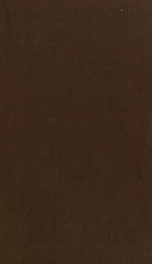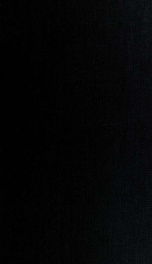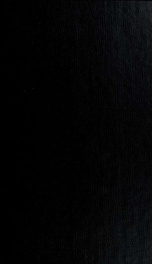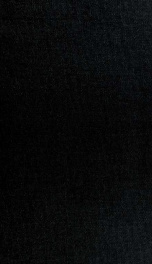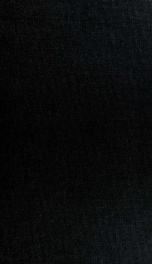Camera lucida drawings of the cochlea and the fenestra cochleae of various species of a number of genera (Pseudorhinolophus, Palaeophyllophora, Paraphyllophora, Vespertiliavus, Nycterobius, and Nyctinomus) from the Phosphorites of Quercy have been measured and compared with measurements of the same structures in Recent chiropters. In each case other morphologic details have been noted. -- The length of the cochlea was measured according to Gray, the width according to my own method. In the majority of chiropters, Recent and fossils, length and width of the cochlea is about equal, although the size of the cochlea differs. These facts let me assume that the shape of the cochlea in chiropters approaches the geometrical figure of an equiangular spiral. -- In graphs, in which length against width of the fenestra cochleae have been used, representatives of the same species or closely related species are located in close proximity. -- If two chiropter specimens show a marked difference in the dimensions and shape of the cochlea and the fenestra cochleae, they cannot belong to the same or to closely related species. However, they do belong to the same or closely related species if the dimensions are equal or nearly so Includes bibliographical references (p. 80-81) Camera lucida drawings of the cochlea and the fenestra cochleae of various species of a number of genera (Pseudorhinolophus, Palaeophyllophora, Paraphyllophora, Vespertiliavus, Nycterobius, and Nyctinomus) from the Phosphorites of Quercy have been measured and compared with measurements of the same structures in Recent chiropters. In each case other morphologic details have been noted. -- The length of the cochlea was measured according to Gray, the width according to my own method. In the majority of chiropters, Recent and fossils, length and width of the cochlea is about equal, although the size of the cochlea differs. These facts let me assume that the shape of the cochlea in chiropters approaches the geometrical figure of an equiangular spiral. -- In graphs, in which length against width of the fenestra cochleae have been used, representatives of the same species or closely related species are located in close proximity. -- If two chiropter specimens show a marked difference in the dimensions and shape of the cochlea and the fenestra cochleae, they cannot belong to the same or to closely related species. However, they do belong to the same or closely related species if the dimensions are equal or nearly so Fieldiana series has been published as Geological Series by Field Columbian Museum (1895-1909) and Field Museum of Natural History (1909-1943), and as Fieldiana: Geology by Chicago Natural History Museum (1945-1966) and Field Museum of Natural History (1966-)
